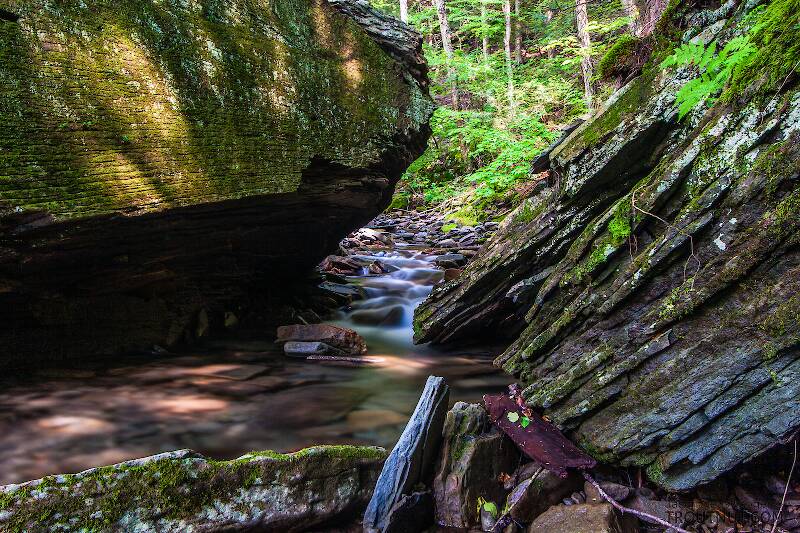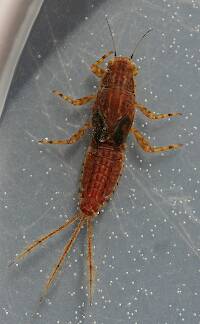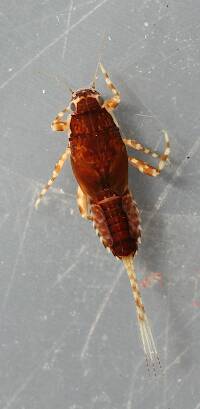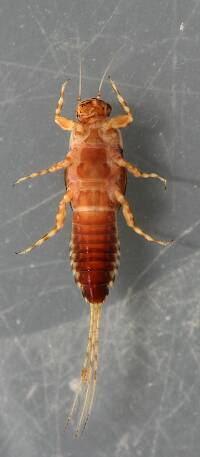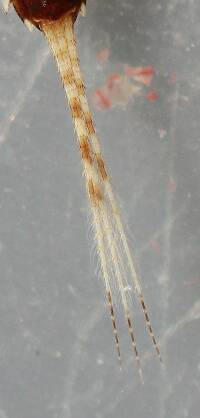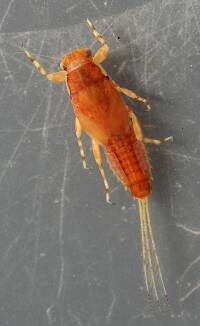
Blue-winged Olives
Baetis
Tiny Baetis mayflies are perhaps the most commonly encountered and imitated by anglers on all American trout streams due to their great abundance, widespread distribution, and trout-friendly emergence habits.
Featured on the forum

Troutnut is a project started in 2003 by salmonid ecologist Jason "Troutnut" Neuswanger to help anglers and
fly tyers unabashedly embrace the entomological side of the sport. Learn more about Troutnut or
support the project for an enhanced experience here.
By Troutnut on May 22nd, 2017, 7:58 am EDT
A group of prominent aquatic entomologists, including longtime Troutnut forum member Dr. Luke Jacobus, have just released a new book, Larvae of the Southeastern USA Mayfly, Stonefly, and Caddisfly Species. It's edited by John C. Morse, W. Patrick McCafferty, Bill P. Stark, and Luke M. Jacobus.
Luke sent me this description for anglers:
I haven't had a chance to read the book yet, but given the previous work of these authors, I'm sure they've put together a good resource for any technically inclined fly anglers fishing that part of the country. Species-specific ID information is especially hard to come by, and this seems like a valuable addition to our very limited resources.
Luke sent me this description for anglers:
Whether your flies are wet or dry, identifying larvae of mayflies, stoneflies, and caddisflies can be helpful for recognizing, and communicating about, the species that live in your favorite body of water. This book enables naturalists, sport fishers, freshwater ecologists, and biomonitoring workers to identify larvae for most species of these insects occurring in and around the southeastern US. Keys for several genera are good for all of eastern North America, and several keys are the first available for their taxonomic group. Previously unpublished stage associations are reflected in the keys, and geographic and habitat distributions are discussed.
I haven't had a chance to read the book yet, but given the previous work of these authors, I'm sure they've put together a good resource for any technically inclined fly anglers fishing that part of the country. Species-specific ID information is especially hard to come by, and this seems like a valuable addition to our very limited resources.
Quick Reply
Related Discussions
Topic
Replies
Last Reply
25
Jan 8, 2016
by Wbranch
by Wbranch
17
Feb 7, 2012
by Entoman
by Entoman

